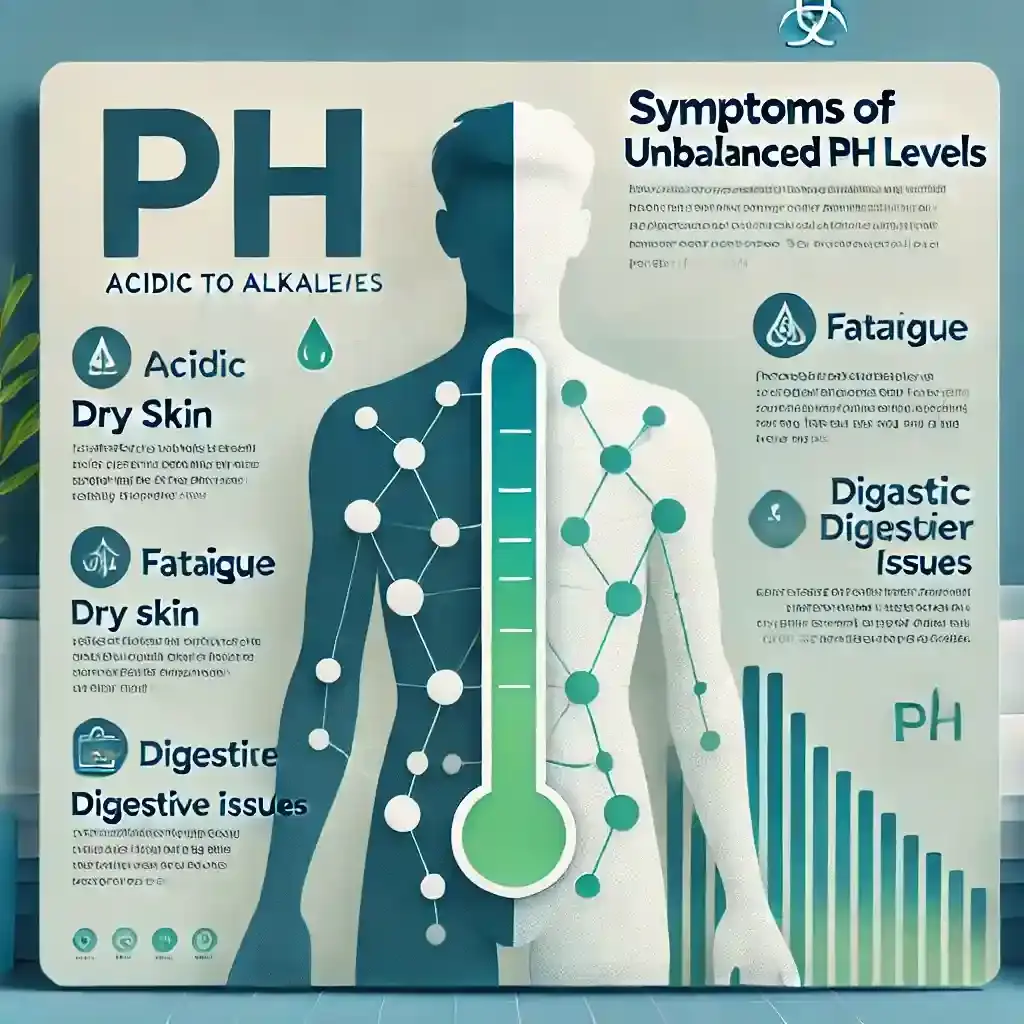|
Facial pain can feel sudden, sharp, and confusing. Learn what can be mistaken for trigeminal neuralgia, how specialists identify real nerve pain, and which treatments help restore everyday comfort. |
Sudden, stabbing facial pain can feel like an electric shock, and it’s often terrifying. Many people assume it’s trigeminal neuralgia (TN), a chronic nerve condition. But here’s the problem: TN isn’t the only cause of this type of pain. In fact, several other conditions closely mimic its symptoms, making diagnosis tricky and, at times, misleading.
If you’ve been asking, “What Can Be Mistaken for Trigeminal Neuralgia?" you’re not alone. This article breaks down the key conditions that can be mistaken for trigeminal neuralgia, how to tell them apart, and why an accurate diagnosis is crucial to finally getting relief.
What Can Be Mistaken for Trigeminal Neuralgia? 7 Conditions that Mimic TN
As trigeminal neuralgia shares similar symptoms with many other conditions, it can be misdiagnosed. So, understanding those conditions is important for proper diagnosis and treatment.
According to the National Institutes of Health (NIH), the annual incidence of trigeminal neuralgia is about 4 to 13 cases per 100,000 people, making it a relatively rare but often misdiagnosed condition.
1. Dental Problems
Why it's confusing: Tooth pain often radiates across the jaw and face.
Dental issues such as toothaches, gum infections, and abscesses can cause pain in the teeth, gums, and jaw, which can lead to sharp and throbbing pain.
How does it differ from TN?
-
Dental pain is dull, throbbing, or constant, while TN pain is sudden, sharp, and shock-like.
-
Dental pain worsens with chewing or pressure on the tooth, and TN pain can be triggered even by a light touch.
Diagnosis Tip: If dental treatments (like fillings or extractions) don’t relieve pain, it may not be a tooth problem; it could be TN. Also, if the pain worsens when chewing or you see swelling or decay, it’s likely dental, not nerve-related.
2. Temporomandibular Joint Disorders (TMJ)
As the trigeminal nerve passes near the TMJ, TMJ disorders can irritate this nerve, causing facial pain that imitates trigeminal neuralgia, which also causes pain in the face.
How does it differ from TN?
-
TMJ disorder causes dull and aching pain in the face, jaw, and neck, while TN leads to severe, sharp, sudden, and shock-like facial pain.
-
Moreover, TMJ disorder becomes worse by chewing, grinding teeth, or jaw. On the other hand, TN worsens by chewing, a light touch, or a breeze.
Diagnosis tip: If chewing or yawning worsens the pain, suspect TMJ.
3. Cluster Headaches
Why it's confusing: Both involve intense one-sided facial pain.
Both conditions impact the trigeminal nerve, which is responsible for carrying sensation from the face. Research shows that TN can induce cluster headaches by causing severe and throbbing pain on one side of the face.
How does it differ from TN?
-
Cluster headaches cause severe and intense pain around the eye, behind the eye, and on one side of the head, while TN pain is sharp, stabbing, and shooting, which is described as an electric shock.
-
Pain attacks from cluster headaches last for 15 minutes to 3 hours, and TN pain lasts for seconds to minutes, and in some cases, longer.
Diagnosis tip: Cluster headache pain is deeper and more pressure-like, while TN is sharper and electric.
4. Glossopharyngeal Neuralgia (GPN)
Why it's confusing: Pain can radiate to the jaw, ear, and throat, overlapping TN zones.
Glossopharyngeal neuralgia and trigeminal neuralgia both cause debilitating pain in the face, making people feel similar, according to a study.
How does it differ from TN?
-
GPN pain develops in the throat, ear, and tonsillar region, while TN pain is felt in the forehead, jaw, and cheek.
-
The triggering factors for GPN pain are chewing, coughing, swallowing, and drinking hot or cold beverages, and for TN pain include teeth brushing, washing the face, a light touch to the face, and even a breeze.
Diagnosis tip: If pain flares while swallowing or speaking, consider glossopharyngeal neuralgia.
5. Postherpetic Neuralgia (After Shingles)
Why it's confusing: Both cause burning, stabbing facial pain.
Postherpetic neuralgia and trigeminal neuralgia impact the face and cause pain, which can cause confusion, especially due to the type of pain they cause.
How does it differ from TN?
-
PHN is typically a complication of shingles, while TN is caused by irritation or compression of the trigeminal nerve.
-
PHN pain is localized to the region where shingles rashes developed, that is, on the face or around the torso. TN pain is typically felt in the face, jaw, and forehead.
Diagnosis tip: A history of shingles is a strong clue. TN usually occurs without skin changes.
6. Sinus Infections (Sinusitis)
Why it's confusing: Sinus pressure affects the same facial areas served by the trigeminal nerve.
Sinus infections often cause facial pain around the eyes, forehead, and cheeks, which are the areas served by the trigeminal nerve, leading to confusion.
How does it differ from TN?
-
Sinus infection pain is dull and aching that worsens with sudden head movement or bending, while TN pain is sharp and shooting, which is triggered by a light touch.
-
Sinus infections can cause facial pain, particularly around the cheeks, eyes, and forehead, which seems to be similar to the pain associated with TN.
Diagnosis tip: Sinus pain is pressure-like, not electric, and usually accompanied by nasal symptoms.
7. Myofascial Pain Dysfunction Syndrome (MDPS)
Why it's confusing: Both MDPS and TN can cause facial pain, which can be persistent or irregular and triggered by eating, talking, or touching. Moreover, they often impact one side of the face.
How does it differ from TN?
-
MPDS pain is typically dull and aching, and is localized to muscles. TN pain is sharp, electric shock-like, and shooting, which is felt in the trigeminal nerve.
-
MPDS mostly impacts muscles and their surrounding part, while TN affects the trigeminal nerve only.
Diagnosis tip: MDPS pain is usually dull and spread out, not sudden and sharp.
A quick-reference table comparing TN with mimicking conditions:
|
Condition |
Pain Type |
Trigger |
Distinct Feature |
|
TMJ Disorder |
Dull ache |
Chewing |
Clicking jaw joint |
|
Dental Pain |
Throbbing |
Hot/Cold |
Local tooth tenderness |
|
Sinusitis |
Pressure |
Leaning forward |
Nasal blockage |
|
Cluster Headache |
Piercing |
Nighttime cycles |
Eye tearing |
|
Glossopharyngeal Neuralgia |
Stabbing |
Swallowing |
Throat-based pain |
|
Postherpetic Neuralgia |
Burning |
Touch |
Past shingles rash |
Each example shows diseases confused with trigeminal neuralgia share surface symptoms but not behavior. Only close tracking reveals the truth.
How Doctors Confirm Trigeminal Neuralgia (Tests + Imaging)
Sorting out diseases similar to trigeminal neuralgia needs patience and correct tests. A neurologist begins with a detailed discussion, including when it started, what triggers it, how it feels, and what stops it.
Did You Know?
Research published found that in people aged 80 years and older, the incidence of trigeminal neuralgia rises to approximately 23.1 cases per 100,000 per year, compared to only 0.1 per 100,000 among those aged 0–19.
Common diagnostic tools
- MRI brain scan: shows nerve compression, tumour, or multiple sclerosis changes.
-
Dental X-rays: exclude tooth decay or abscess.
-
ENT evaluation: checks for sinus or ear issues.
-
Nerve block test: temporary relief proves nerve origin.
- Facial reflex mapping: compares normal and painful sides.
Expert note: Doctors prefer MRI with trigeminal sequences to find any vessel pressing on the nerve. Discovering that early helps plan targeted surgery or medical therapy.
When to See a Neurologist for Facial Pain
If pain returns after every dental or ENT visit, it’s time to see a neurologist. Seek help if:
-
Pain feels electric, sharp, and one-sided
-
It lasts seconds, not hours
-
Wind, talking, or brushing triggers it
-
Dental or sinus care never fixes it
Ignoring these signals allows the nerve to stay overactive, which can make pain harder to treat later.
Treatment Path: From Tablets to Procedures
Once doctors confirm the source, treatment becomes structured instead of guesswork.
1. Medication first
Carbamazepine is the gold standard. It stabilises nerve signals. Some patients use gabapentin or similar nerve-calming drugs. Doctors adjust doses slowly to balance relief and alertness.
2. Procedures next
If tablets stop helping, doctors explore radiofrequency ablation or microvascular decompression. Both aim to calm the overactive nerve branch.
3. Everyday habits
Soft foods, avoiding cold air, steady sleep, and stress control all reduce triggers. Wearing a scarf in cold weather protects against wind pain.
4. Support therapies
Physiotherapy for jaw and neck tension, mindfulness, and counselling ease the stress loop that chronic pain builds over time.
Why is an Accurate Diagnosis Important?
Misdiagnosis can lead to:
-
Inappropriate or delayed treatment
-
Negative effect on the quality of life
-
High risk of unnecessary surgeries or procedures
So, getting an accurate diagnosis helps:
-
Identify underlying issues that mimic trigeminal neuralgia, which include dental problems or temporomandibular joint disorders.
-
Ensure appropriate treatment, such as medicines or surgeries.
-
Prevent unnecessary procedures, like unneeded dental extractions, sinus surgeries, or root canals.
-
Reduce delay in getting the right treatment, which prevents long-term complications.
-
Improve the quality of life by helping people return to normal activities through receiving the proper treatment.
How to Prevent Trigeminal Neuralgia?
Living with Trigeminal Neuralgia can be stressful. Though it can’t be prevented, you can reduce the risk of pain attacks and manage other symptoms by following these tips:
1. Avoid Triggers
-
Identify and avoid triggers of pain, such as chewing, brushing teeth, consuming cold or hot foods and drinks, moving the head, and sitting in windy or cold weather.
2. Follow Good Oral Hygiene:
-
Brush, floss, and get dental check-ups regularly to prevent dental issues that may trigger pain.
3. Manage Stress:
-
As stress worsens TN pain, practice meditation, deep breathing, and yoga to promote relaxation and reduce stress.
4. Follow a Healthy Lifestyle:
-
Eat a well-balanced diet, get enough sleep, and exercise regularly to minimize the likelihood of triggering pain.
5. Protect the Face:
-
When out in harsh weather, wear a face mask or scarf to protect the affected area of the face.
6. Seek Early Treatment:
-
If you suspect any symptoms, seek medical help immediately to control them and prevent their worsening.
Final Thoughts
Not all facial pain is trigeminal neuralgia. Many conditions like dental problems, TMJ, and cluster headaches can look and feel similar, but they require very different treatments. Understanding what can be mistaken for trigeminal neuralgia is key to avoiding misdiagnosis and getting the right care.
If you're experiencing sudden, intense facial pain, don’t self-diagnose. Consult a neurologist or pain specialist to get clarity and the right care. The sooner you get an accurate diagnosis, the sooner you can take back control of your life, pain-free.
Frequently Asked Questions
What are the major signs that indicate an incorrect trigeminal neuralgia diagnosis?
If the pain is not stimulated by activities such as a light touch or chewing, or it does not have a shock-like feel, the diagnosis may be inaccurate.
Does eating bananas trigger trigeminal neuralgia?
Yes, they can trigger TN pain in some people, though there is no scientific evidence available for this connection.
Does trigeminal nerve pain ever go away?
No, it typically doesn't subside completely. The pain can disappear for several months or years.
Can an MRI rule out trigeminal neuralgia?
Yes, it can detect trigeminal neuralgia by revealing the structural abnormalities, such as vascular compression or other issues that may be contributing to facial pain.
Can you live a normal life with trigeminal neuralgia?
It is possible to live a normal life with TN with appropriate management and treatment, though it can be challenging.
What are the early signs of trigeminal neuralgia?
Usually, it starts with sudden, stabbing pain on one side of the face. Feels like tiny electric snaps that come and go fast, sometimes triggered by touch.
Can a sinus infection cause trigeminal pain?
Sometimes, yes. When sinuses swell or stay blocked, they can press nearby nerves. That pressure sends confusing signals, so it feels like nerve pain until it clears.
How can someone tell if it’s facial neuralgia or dental pain?
Dental pain lingers, throbs deep, and worsens with biting. Neuralgia, on the other hand, comes in flashes, sharp, split-second attacks that stop as suddenly as they start.
Can TMJ problems irritate the trigeminal nerve?
They can. The jaw joint sits close to major nerves, and when it tightens or locks, it can set off pain that feels exactly like trigeminal neuralgia.
How do doctors confirm trigeminal neuralgia?
Usually, through careful questions and imaging. They review symptoms, run a nerve exam, maybe order an MRI to check for pressure or damage around the nerve branch.
-User-1754380331.png)
Reviewed by







